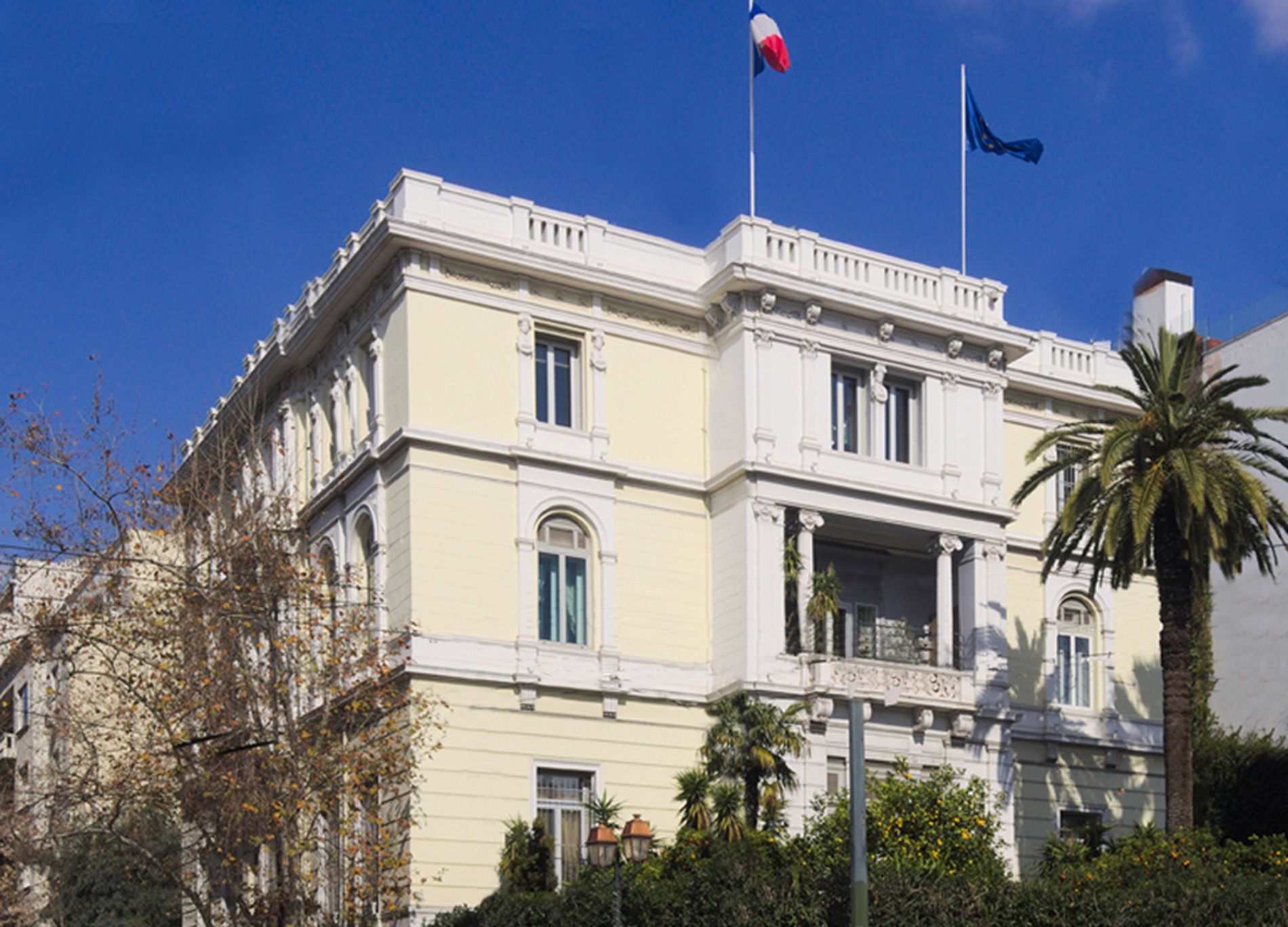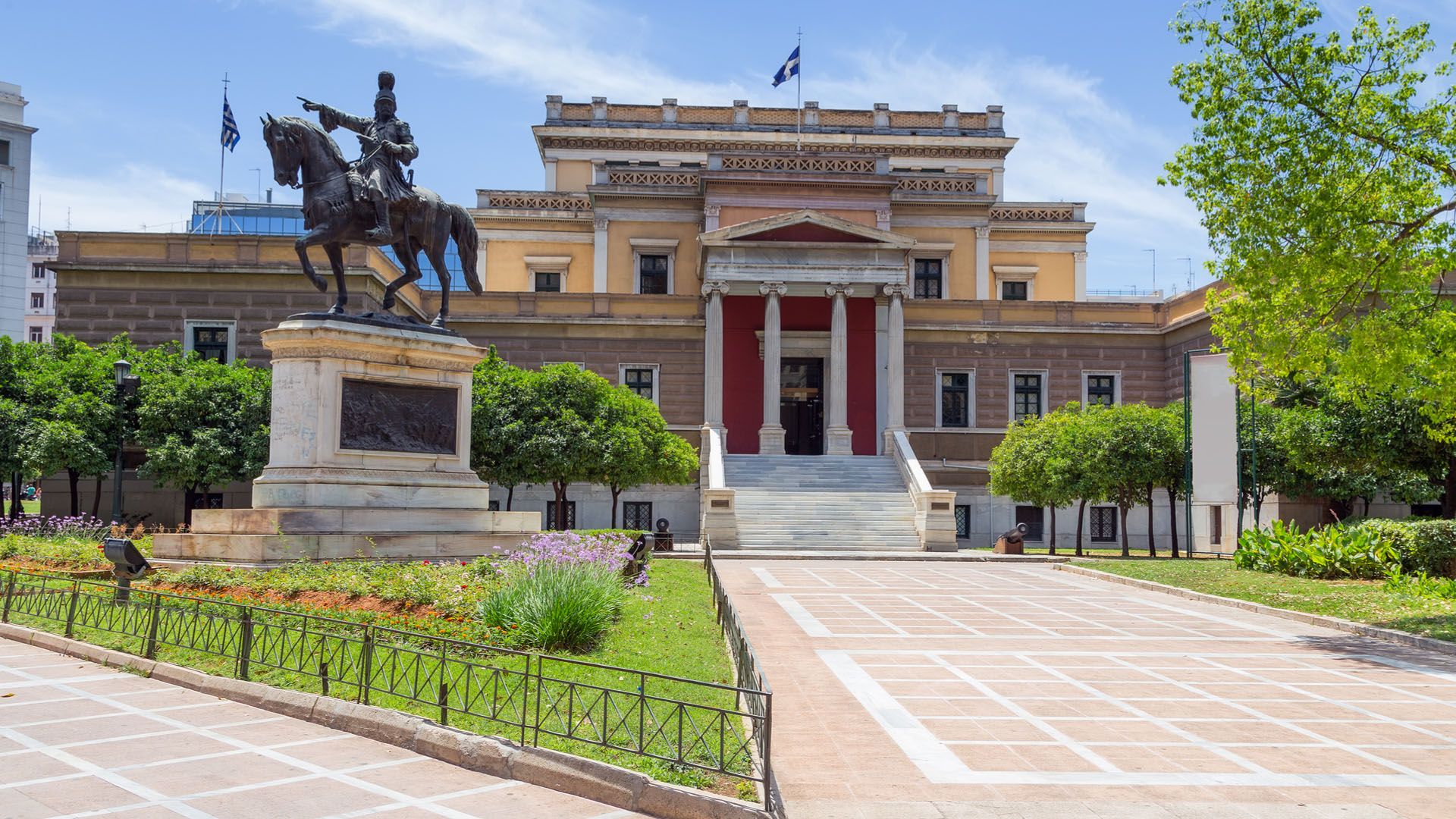National Garden
Useful
Information
21 Irodou Attikou, Athina 105 57, Greece
Informations
Address:
21 Irodou Attikou, Athina 105 57, Greece
National Garden
The National Garden is a great example of the 19th century (English style) landscape architecture, which has managed to preserve its main features. The sense of the natural landscape, with its complex network of paths, plants, small lakes, flower beds and grass, its historical plantings, still prevails today, creating an oasis in the centre of Athens. An important place for people of all ages, Greeks and foreign visitors. Its historical course is directly linked to the establishment of the modern Greek state and the development of Athens into a modern European capital. The importance of the site is not limited by the country’s borders.
Its construction began in 1839 and is considered Queen Amalia’s most successful project. It is the only historical garden in the country and the first landscaped green area in modern Greece. In the first years of its existence, it was the garden of the palace (now the building of the Greek Parliament). In 1923, it was classified as state property and in 1927, the “Committee of Public Gardens and Tree Complexes – National Garden” was established, a public corporation that operated until 2004. Since then, the Municipality of Athens has been responsible for the management of the National Garden.
In 2011, the garden was officially declared a Historic Site by a decision of the Ministry of Culture (Official Gazette’s Decision’s Number 49/23.03.2011). The National Garden is open to the public every day from sunrise to sunset and visitors can enter through its entrances. Access for persons with reduced mobility is possible through the Garden entrances (except for the Vassilisis Sophias and Jean Morea entrances). Moving around the Garden is comfortable and pleasant. In case of emergency or for security reasons, the opening hours may be modified. In this case, announcements will be posted at the entrances or on social media to inform visitors.
In the National Garden one can find almost all types of vegetation: Trees, evergreen and deciduous, shrubs, perennial herbaceous plants, climbers, succulents and cacti, annual flowering plants, lawns, ground cover plants, etc. The Garden’s vegetation includes many typical Mediterranean species, but is characterized by the large proportion of foreign species. Queen Amalia used many foreign species in the initial design of the garden, which later became important plants for Greek horticulture, such as the Washingtonias, the palm trees that form the monumental line of trees at the central entrance to Amalias Street, named in honour of the President of the United States, George Washington, the eucalyptus and casuarina from Australia, the plantain from South America, the pseudo pepper from Central America, etc. The fauna is also important.
Finally, the water, which is a dominant feature of the National Garden, comes from the Peisistratos Aqueduct, basically an underground water supply system dating from the 6th century BC, 6.5 km long, at a depth of 10-12 m, which begins to flow at the foot of the hill of Agios Ioannis Theologos (in Ymittos, above Papagou).
The earthen paths and roads that wind through the ruins of ancient buildings, the modern gardens, the statues and busts of important Greeks, are carefully constructed and maintained. In the past there was a small zoo with various animals, mainly from Greece. Today there is also a small cafe at the exit to Irodou Attikou Street, a children’s library and a playground.








